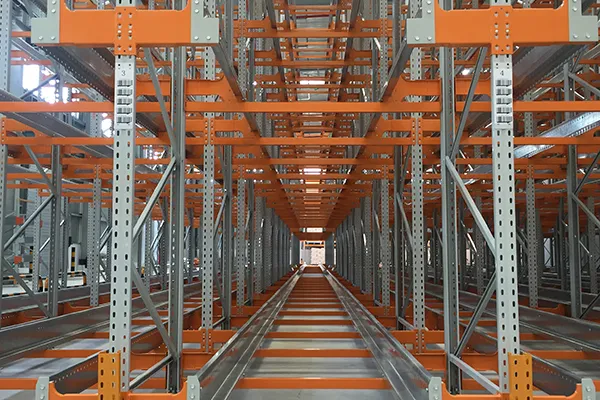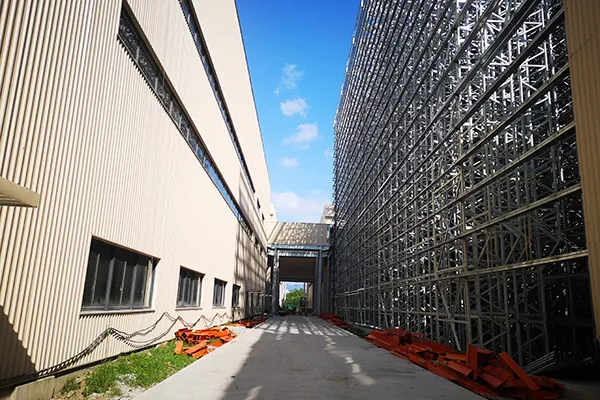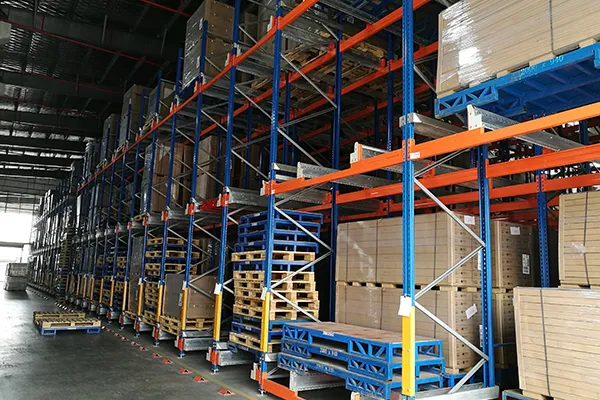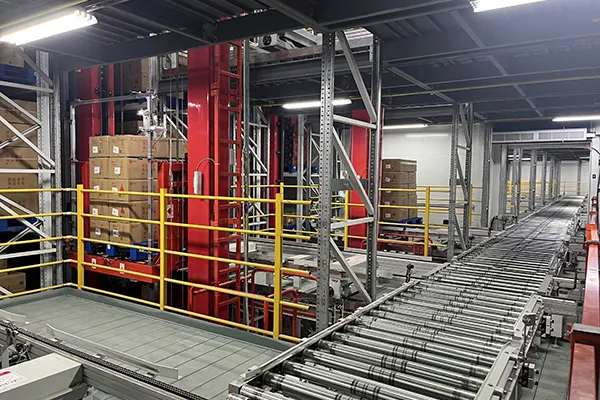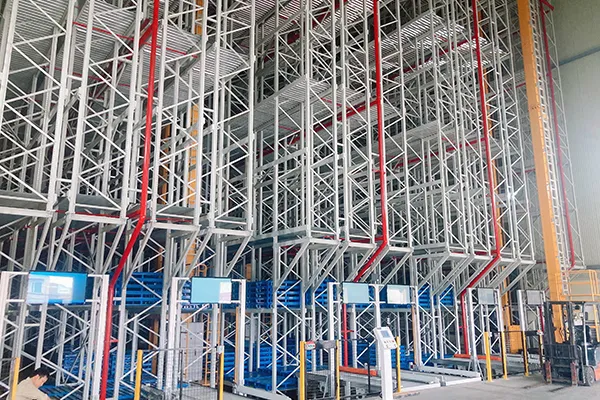In today’s fast-paced industrial landscape, where space optimization and operational efficiency are paramount, ASRS High Bay Racking emerges as a game-changer in warehouse management. This advanced storage solution seamlessly integrates hardware and software to enable error-free, high-throughput handling of goods, addressing the critical challenge of space shortage faced by industries globally. By leveraging vertical stacking and automated retrieval, ASRS High Bay Racking transforms traditional warehouses into dynamic, high-capacity hubs, setting new benchmarks for productivity and safety.
Defining ASRS High Bay Racking
ASRS (Automated Storage and Retrieval System) High Bay Racking refers to a high-density storage infrastructure designed to maximize vertical space utilization. Unlike conventional warehouses, this system employs automated cranes and robotic devices to store and retrieve products with minimal human intervention. The “High Bay” aspect highlights its ability to reach significant heights, often exceeding 15 meters, thereby significantly increasing storage capacity without expanding footprint. It is particularly suited for environments where floor space is limited, such as urban industrial zones or expanding manufacturing facilities.

Core Functions and Operational Advantages
The primary function of ASRS High Bay Racking is to streamline warehouse operations through automation. Key advantages include:
- Enhanced Throughput: Automated cranes and conveyors enable rapid in-feed and out-feed operations, handling hundreds of transactions per hour with precision.
- Space Efficiency: By utilizing vertical space, it reduces land usage by up to 70-80%, making it ideal for facilities with spatial constraints.
- Error Reduction: Integrated software minimizes handling errors, ensuring safe and accurate product delivery.
- Cost Savings: Lower reliance on manual labor decreases operational expenses, while optimized inventory management reduces capital tied up in stock.
Structural Components: Building Blocks of Efficiency
An ASRS High Bay Racking system comprises several critical elements:
- High-Density Racking: Made of steel, these shelves are designed to support heavy loads and are often powder-coated for durability.
- Stacker Cranes: These robotic devices move along fixed rails within aisles, retrieving and placing goods at high levels with ±2mm precision.
- Control Systems: A central computer orchestrates all movements, coordinating with Warehouse Management Software (WMS) for real-time tracking.
- Conveyor Systems: Facilitate smooth transfer of goods between storage areas and loading docks, ensuring seamless workflow integration.
Classifications Based on Design and Application
ASRS High Bay Racking systems are categorized by their design and functionality:
- Unit Load Systems: Designed for palletized goods, these systems use large cranes to handle bulk items, common in manufacturing and distribution centers.
- Mini Load Systems: Optimized for smaller items like cartons or totes, featuring compact cranes that operate in narrow aisles, enhancing flexibility.
- Shuttle-Based Systems: Utilize autonomous shuttles on rails for high-speed retrieval, ideal for high-turnover environments such as e-commerce warehouses.
- Rotary Racking Systems: Employ rotating shelves to bring items to operators, improving pick efficiency in order fulfillment centers.
Key Features Driving Industry Adoption
Several distinctive features make ASRS High Bay Racking indispensable:
- Scalability: Systems can be expanded by adding more cranes or shelves, accommodating growing inventory needs without major renovations.
- Safety: Equipped with sensors and fail-safes, they prevent accidents during high-speed operations, ensuring a secure workplace.
- Environmental Adaptability: Customizable for extreme conditions, including cold storage or hazardous materials handling.
- Integration Capability: Seamlessly connects with enterprise systems like ERP, enabling end-to-end supply chain visibility.
Diverse Applications Across Industries
ASRS High Bay Racking is deployed across multiple sectors, each benefiting from tailored configurations:
- Manufacturing: Acts as a buffer between production lines and shipping, ensuring smooth material flow in paper mills and automotive plants.
- Retail & E-Commerce: Manages high-volume SKUs in fulfillment centers, enabling rapid order processing during peak seasons.
- Pharmaceuticals: Provides secure storage for temperature-sensitive drugs, with precise tracking for compliance purposes.
- Logistics: Optimizes cross-docking operations in distribution hubs, reducing turnaround times for freight carriers.
Competitive Advantages Over Traditional Warehousing
Compared to manual storage methods, ASRS High Bay Racking offers transformative benefits:
- Higher Storage Density: Vertical stacking allows for 3-5 times more inventory per square meter, significantly cutting land costs.
- 24/7 Operation: Automated systems work around the clock, boosting productivity without additional labor shifts.
- Labor Efficiency: Reduces workforce dependency by 60-70%, addressing labor shortages in many regions.
- Improved Accuracy: Real-time inventory updates and automated tracking minimize discrepancies, enhancing customer satisfaction.

Future Outlook: Smart Warehousing Evolution
As Industry 4.0 advances, ASRS High Bay Racking is evolving with AI-driven analytics and IoT connectivity. Predictive maintenance algorithms anticipate equipment failures, while autonomous mobile robots (AMRs) complement cranes for end-to-end automation. Innovations like hybrid systems combining AGVs and mobile shelving are further pushing space utilization boundaries. For businesses aiming to future-proof their supply chains, investing in these systems is no longer optional—it’s a strategic imperative.
In conclusion, ASRS High Bay Racking represents the pinnacle of modern warehousing solutions, blending cutting-edge technology with operational pragmatism. From its ability to turn limited floor space into a high-capacity asset to its role in enabling leaner, more responsive supply chains, this technology is redefining how industries manage inventory. As global trade complexities grow, adopting ASRS High Bay Racking will be a critical step toward sustainable competitive advantage.


